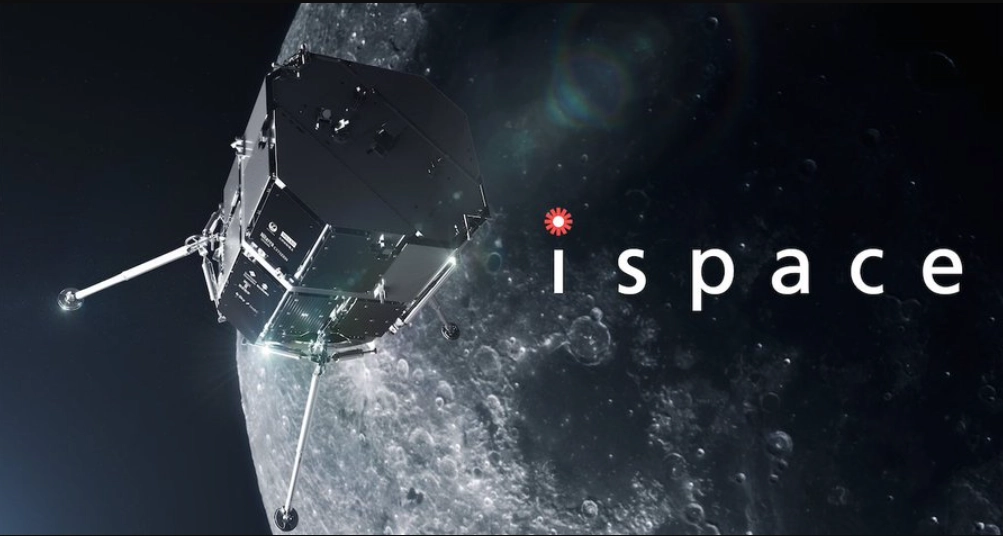In a recent development, NASA‘s lunar orbiter has successfully located the crash site of Japan‘s ill-fated lunar lander. The groundbreaking discovery sheds light on the failed mission and raises questions about the challenges of commercial moon landings.
Contact with the lander was lost during the early stages of the Mission
Japan’s ispace company had embarked on an ambitious endeavour to achieve the nation’s first-ever commercial lunar landing. However, the attempt took a devastating turn when contact with the lunar lander was abruptly lost during the early hours of the mission.

The HAKUTO-R Mission 1, as it was known, aimed to touch down on the moon’s surface in the Atlas Crater, situated at the southeastern edge of Mare Frigoris. The mission had garnered significant attention due to its payload, which included the UAE’s pioneering lunar rover, the Rashid rover. Unfortunately, both Japan’s lunar lander and the UAE’s rover suffered from mission failures.
The crash site of the Japanese lunar lander was recently discovered through images captured by NASA’s lunar orbiter and transmitted back to Earth. The exact cause of the crash remains unknown, but the finding serves as a reminder of the immense challenges and risks involved in space exploration.
The failure of the HAKUTO-R mission is a setback for Japan’s aspirations in the commercial space sector. However, it is crucial to view such failures as learning opportunities. The data and insights gathered from this mission will undoubtedly prove invaluable for future lunar exploration endeavours.
As the global space community continues to push the boundaries of human knowledge and technology, setbacks are an inherent part of the journey. Japan’s commitment to space exploration remains resolute, and the lessons learned from the HAKUTO-R mission will guide future endeavours, inspiring innovative approaches and encouraging the pursuit of breakthroughs in lunar exploration and beyond.
The discovery of the crash site by NASA’s lunar orbiter serves as a poignant reminder of the risks and challenges that lie ahead. It underscores the importance of collaboration, continuous improvement, and determination as we strive to unlock the mysteries of the moon and the vast expanse of space.
RELATED:
- Casio launches a new G-Shock watch inspired by NASA’s orange spacesuits
- Fomalhaut, A Star System Full of Surprises and Secrets Revealed by the JWST
- The Best Electric Scooters of 2023: Commute with Speed and Style
(Via)







